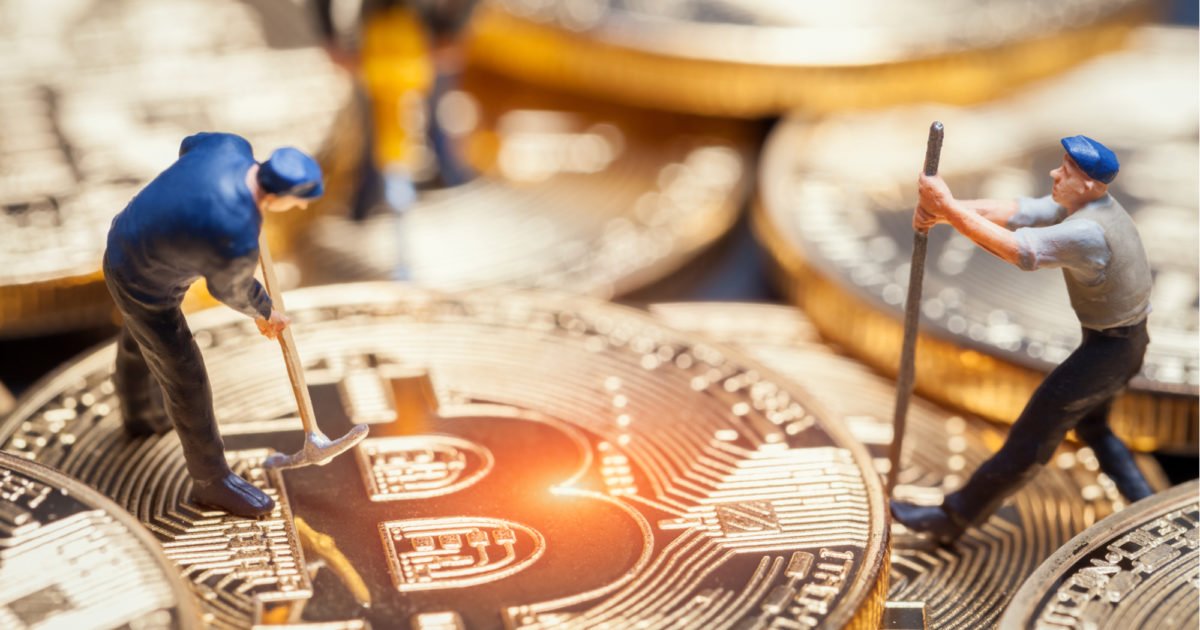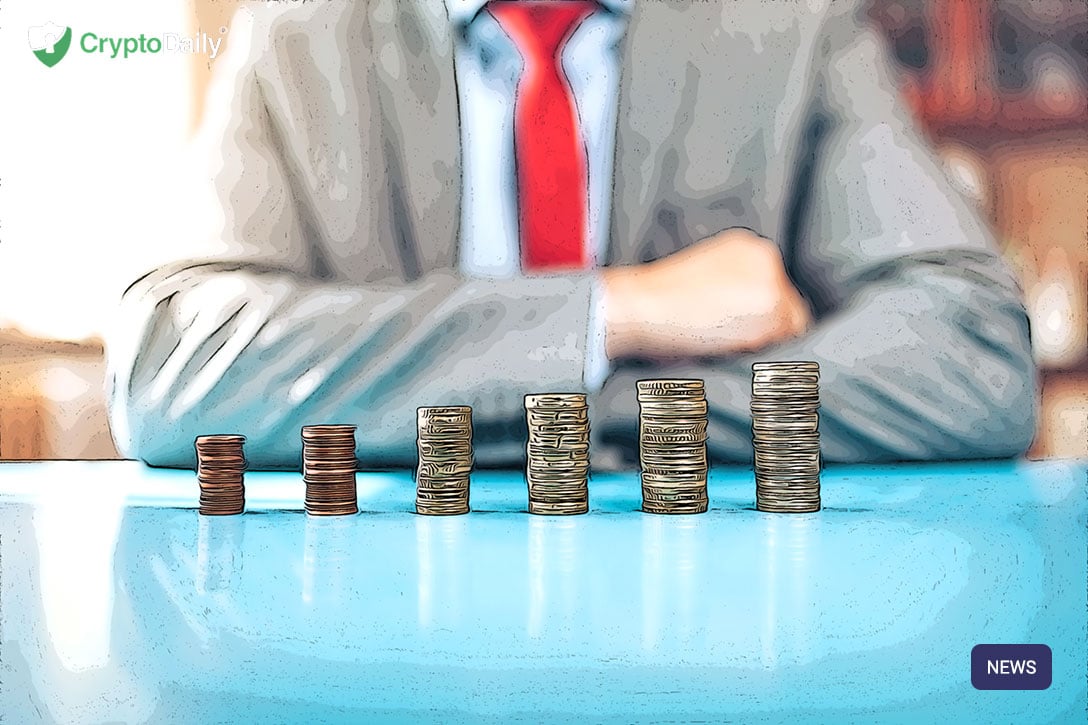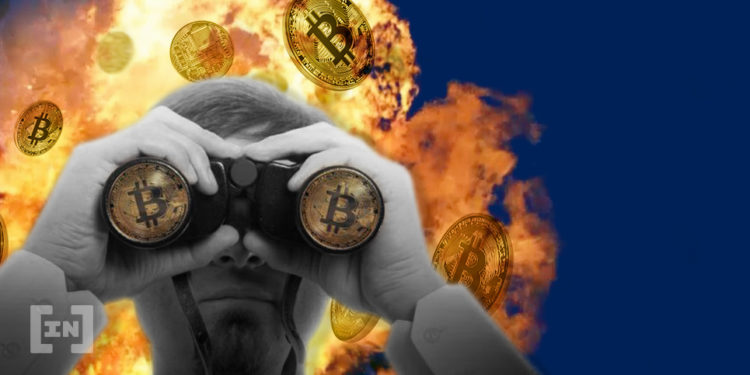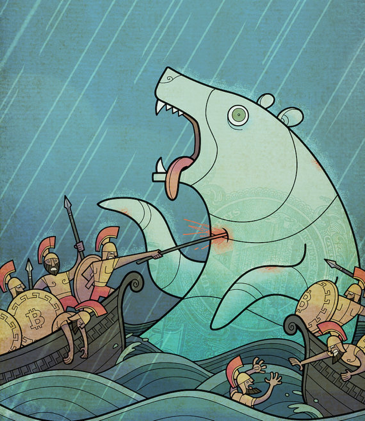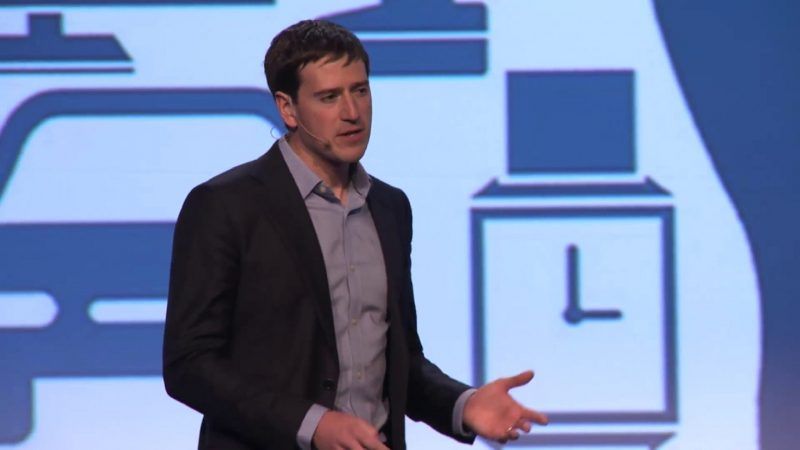On All Hallows’ Eve in 2008, an anonymous person (or group of persons) posted a short technical whitepaper on an obscure mailing list about a new virtual coin-based online-only payment system they had been designing for the last eighteen months.1 Several months later, in January 2009, this same person posted the code that created the functionality described in the whitepaper and began minting this new virtual currency. Less than two years later, the creator walked away from the project and without ever revealing their real identity.
The creator likely stayed anonymous for a variety of reasons, including the fact that by creating and administering a new payment system they may have been violating money transmission laws in multiple countries.2 Despite multiple hoaxes, we still don’t know who this anonymous person was. But their system – like the Ship of Theseus – continues to exist in a form referred to as Bitcoin.
But before getting to that part of the saga, let’s look at May 2013. At the end of that month, US federal agents raided a Costa Rica-based company called Liberty Reserve due to money laundering violations (along with a list of other crimes). Liberty Reserve was a centralized payment platform that marketed to its users the ability to anonymously send funds to one another.
According to the BBC:
The US Justice Department said the scheme had been used to process 78 million transactions with a combined value of $8bn (£5.5bn) – many of which were related to hiding the proceeds of credit card theft, identity fraud, hack attacks and Ponzi scam investment schemes.
Last year the founder of Liberty Reserve, Arthur Budovsky, was convicted and sentenced to twenty years in prison. Several other insiders also received sentences. Liberty Reserve had more than 5 million users including more than 200,000 in the US — it is unclear at this time if any of the users are being prosecuted.
According to some cryptocurrency fans, Liberty Reserve’s big blunder was that they attached their legal names to the payment processing enterprise.
But this misses the point. If you play with a highly regulated industry such as financial services, be prepared for the existing stakeholders such as regulators and law enforcement to increasingly scrutinize your operations as they detect familiar activities, such as the marketing and sale of securities or operating a payment platform.
If you spend your weekends cosplaying online as a cypherpunk and yet voluntarily sit on-stage wearing a name tag with your real name at public events and promote financial products and financial market infrastructure to the world at large, consider that there may be people who later watch these videos stored on Youtube. In its report on The DAO, the SEC cited two specific Youtube videos including one from Slock.it, the creators of The DAO. Recall that Slack stores everything, including your private pump and dump strategies. If you used cloud-based email, there is a non-zero chance that your successful solicitations and payola to coin media could be discovered after the cloud provider receives a subpoena.
What does this have to do with blockchains? Below we discuss a few ideas that tie in with money transmission and payment processing.
Source/More: Who are the administrators of blockchains? | Great Wall of Numbers


